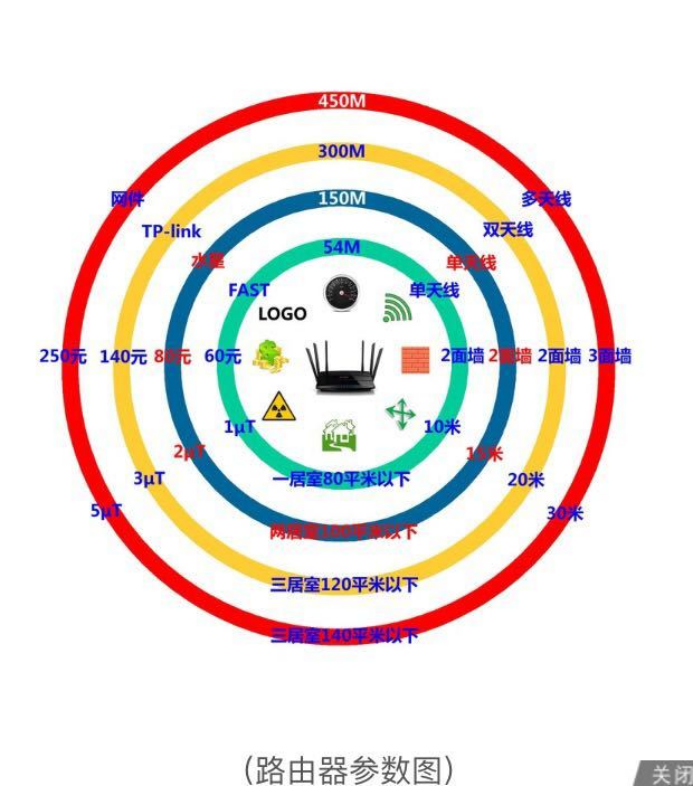Understand wireless coverage
The coverage area refers to the area where the wireless terminal can receive the wireless signal. In the coverage area, the normal use of the network must ensure that the wireless signal is in a certain strength (such as more than 2 grids).
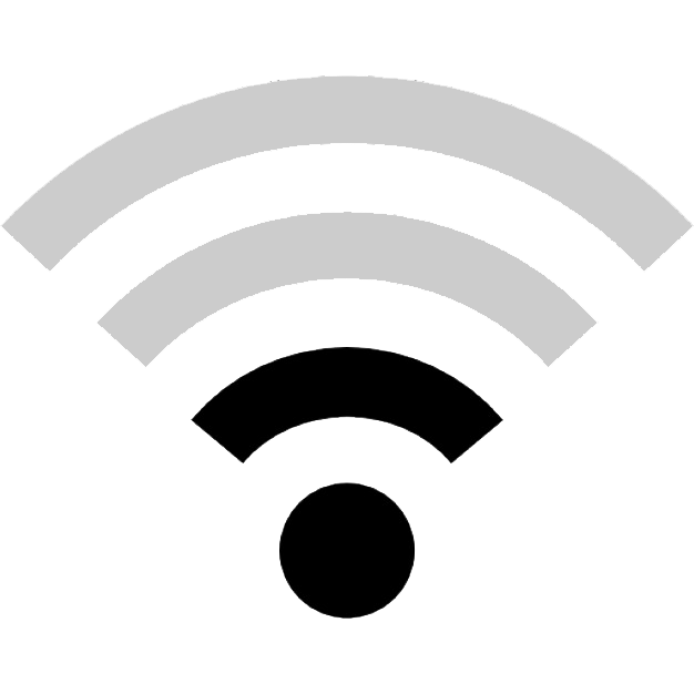
Factors affecting coverage
Wireless coverage size, also known as "through-the-wall capability," is influenced by the following factors:
The material and thickness of the wall: under normal circumstances, through a load-bearing wall (or two ordinary walls), the signal attenuation is larger, can still be used normally.
Wireless transmit power: The stronger the wireless transmit power of the router, the greater the signal strength (the better the ability to penetrate the wall). At present, the indoor transmit power of wireless routers generally does not exceed 20dBm. The higher the transmit power of wireless router, the higher the signal strength, but beyond the specified range will cause large electromagnetic radiation and interference.
Antenna gain: The greater the gain, the stronger the signal strength.
Working frequency band: The current WiFi has two frequency bands: 2.4G and 5G. Under the same environment, 2.4G signal has better penetration capacity than 5G signal.
Antenna Angle: Generally, the coverage Angle of the omnidirectional antenna is as follows. The best effect can be achieved when the antenna is placed vertically indoors.
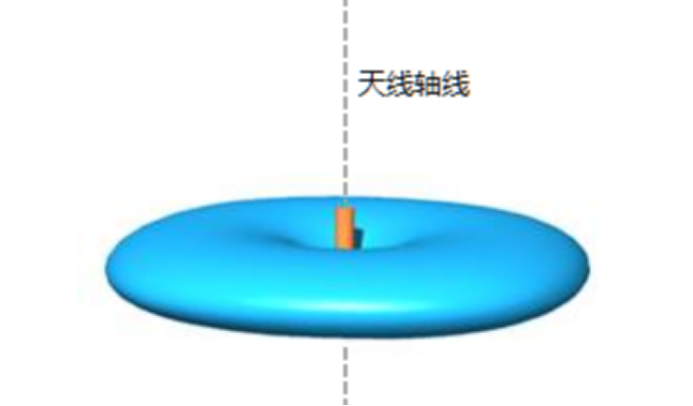
The antenna number
The coverage area of wireless router is manifested as the strength of the signal, which depends on the above factors and has no direct relationship with the number of antennas. Of course, the performance of the antenna and the choice of the antenna form and number will affect the coverage area.
The following is a comparison of the coverage area of various wireless routers and the actual wireless rate at the same location under different number of antennas:
Note: The transmit power and antenna gain of the following routers are the same.
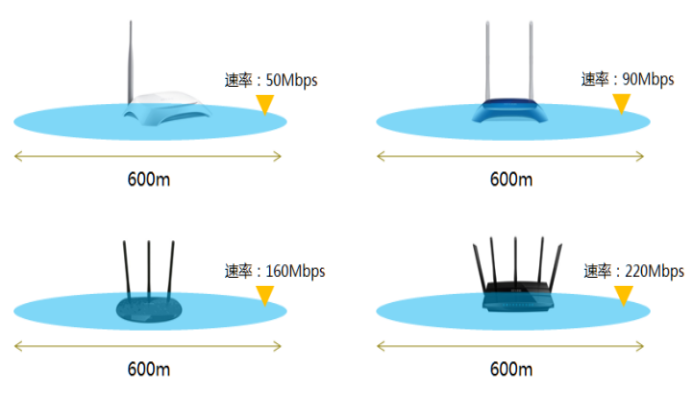
Note: The above data is for reference only, not actual test data.
Through the above analysis, we draw the following conclusions:
Wireless signal strength (coverage area) is related to environment, router hardware and antenna azimuth, and has no direct relationship with the number of antennas. The more antennas there are, the higher the wireless rate at the same location.
However, the higher the number of antennas, the higher the range of the products, some manufacturers will increase the antenna gain, use new technology (such as Skyscraper MyAntenna omnidirectional array technology) and 802.11ac to enhance the range and quality of the signal coverage. In this case, the more antennas, the better.
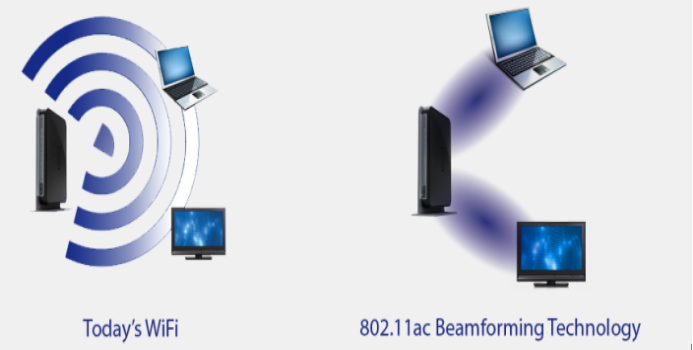
With those basics in mind, you can choose the right brand of router based on the image below.
